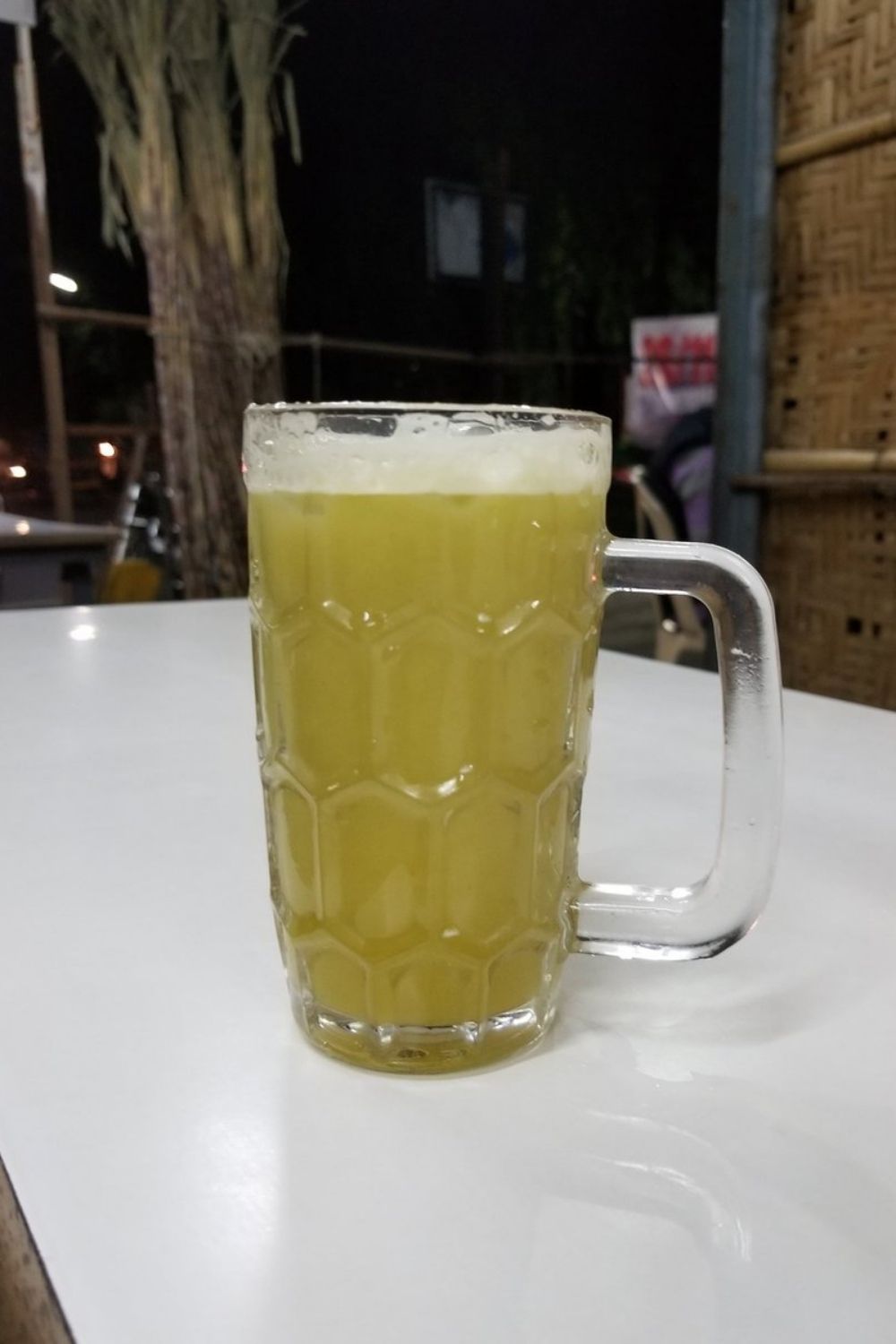The molasses by-product of sugar production was initially considered waste. It was too heavy to transport from the Caribbean, and at any rate, there was no demand for it. At first, producers simply dumped it into the ocean. At some point (and no one knows exactly where or when), someone seems to have noticed molasses starting to bubble; being familiar with brandy production, sugar producers realized this “waste” was fermenting, and they decided to use it. The molasses still had enough sugar to attract natural yeasts from the air; and the hot, wet environment was perfect for encouraging natural fermentation.
Distillation techniques were refined and well-known by this point, so it was simply natural to take the fermented molasses and distill it down to make a potable beverage.
Growth, Harvest, and Production of Sugarcane and Molasses
Requiring intense heat and a lot of moisture, cane grows only in tropical and subtropical climates. It can grow as high as 19 feet tall and as thick as an inch and a half in diameter. Its thickness can make it difficult to harvest.





